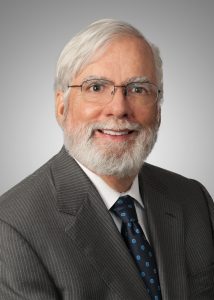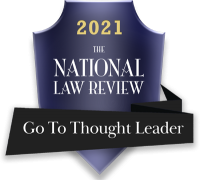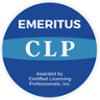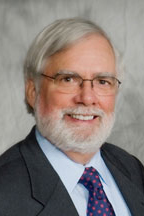 On March 16, 2015 (Appeal no. 2014-1321), the Fed. Cir. reversed the district court’s construction of a claim term relating to the scope of “A,” a moiety capable of direct or indirect signaling that is attached by a linker to a nucleotide base. (A copy of the decision can be found at the end of this post.) The claim read: “wherein A comprises at least one component of a signaling moiety capable of producing a detectable signal [wherein the linker does not interfere] with formation of the signaling moiety or detection of the detectable signal….”
On March 16, 2015 (Appeal no. 2014-1321), the Fed. Cir. reversed the district court’s construction of a claim term relating to the scope of “A,” a moiety capable of direct or indirect signaling that is attached by a linker to a nucleotide base. (A copy of the decision can be found at the end of this post.) The claim read: “wherein A comprises at least one component of a signaling moiety capable of producing a detectable signal [wherein the linker does not interfere] with formation of the signaling moiety or detection of the detectable signal….”
While the district court interpreted this phrase as including, in some instances, “the whole signaling moiety,” the Fed. Cir. refused to accept the common use of “at least one” and ruled that the term “component” required that, bound to only one component, or a part, of the signaling moiety meant that another component of the signaling moiety had to be present for A to function, thus limiting the function to only “indirect” detection of the claimed compound. So it was not the use of “at least one” that did in the patentee, but the use of the term “component.” In other words, the Fed. Cir. found that it was improper to interpret the claim to allow for a single component system: “’A’ cannot be the whole signaling moiety, as the claimed compound does not include a formed signaling moiety.”
While the Fed. Cir. said that it was simply following the maxim that all claim terms must be given effect, the court stopped too soon. The claim reads that the linker “does not substantially interfere with formation of the signaling moiety,” but the sentence goes on to recite “or the detection of the detectable signal [produced by A].” The court read the latter phrase as if A had to be assembled in order to function, but the latter phrase suggests that the linker can be bound to A so long as A can still generate a detectable signal. Judge Newman dissented on the basis that there was sufficient evidence presented to the district court that “’at least one component’ may include ‘the whole signaling moiety.’”
Of course, this was still a dissent, and this decision leaves patent drafters/prosecutors in our usual bind. In the 5th century, Saint Augustine could have been referring to the troubled state of patent drafting: “Let those who think I have said too little and those who think I have said too much, forgive me and let those who think I have said just enough thank God with me.”






